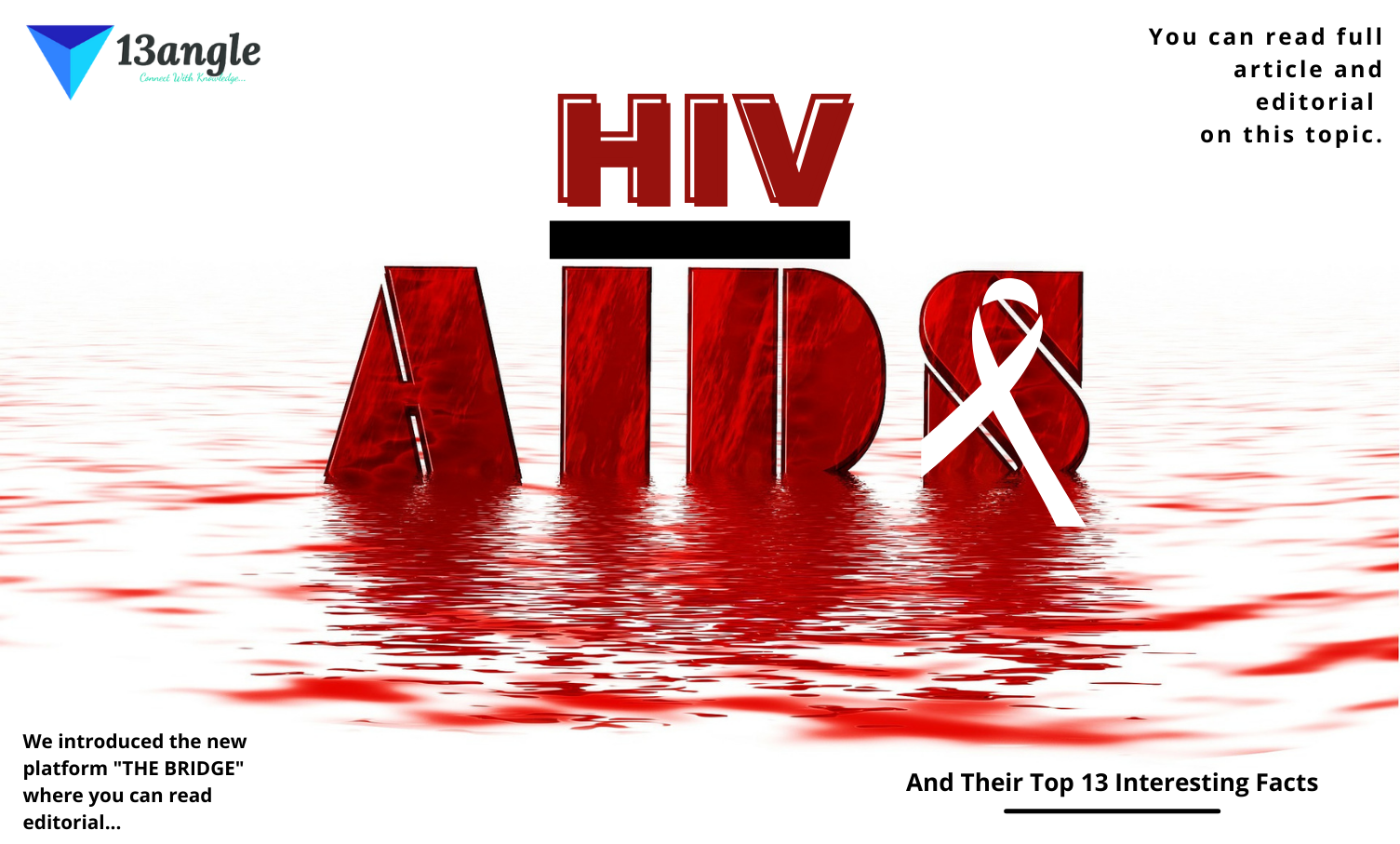- Umang Sagar
- National Issue, Recent article
HIV / AIDS
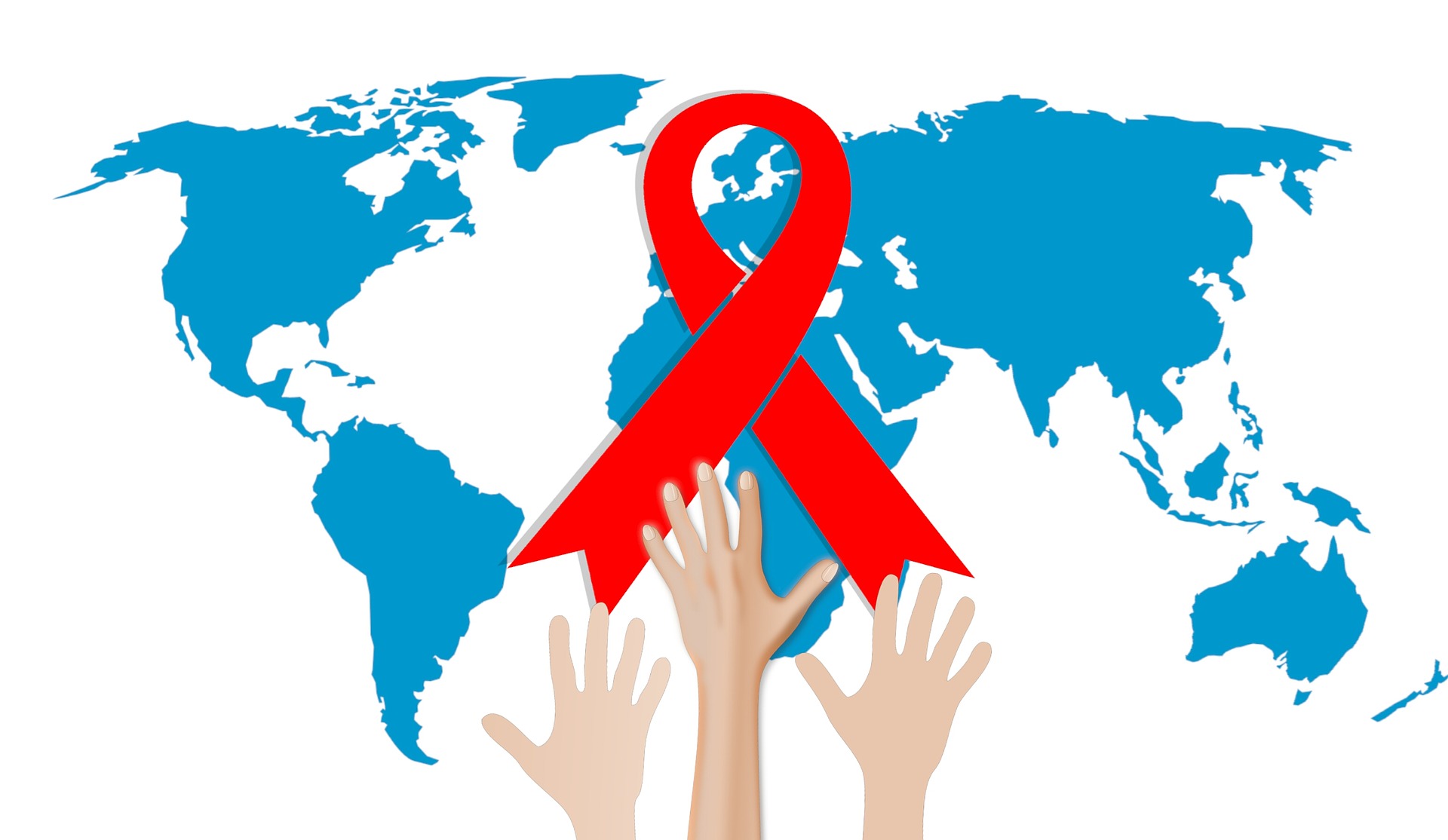
What’s Public Health?
- Public health plays an important role in disease prevention. Efforts in both the developing world and in developed countries, local health systems and non governmental organisations. The focus of public health intervention is to improve health and quality of life through prevention, treatment and management of disease, injuries and other physical and mental health conditions through surveillance of cases and the promotion of healthy behaviour communities and environment. The public health system in India is managed by the Ministry of Health and Family Welfare of the Government of India with state-owned healthcare facilities.
How Medicine And Disease Evolved?
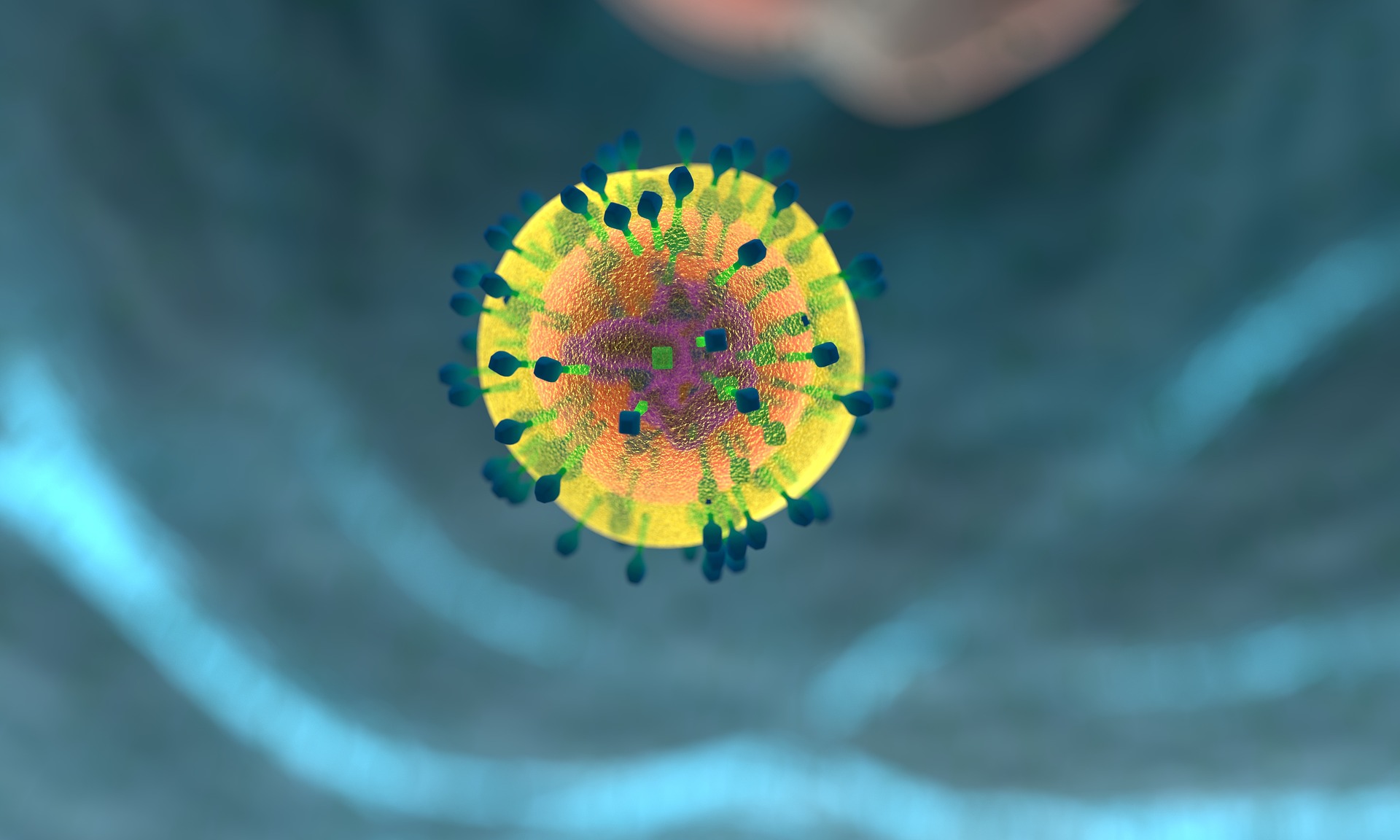
In the evolution of medicine, medicine has drawn richly from the traditional cultures biological and natural sciences and also from social and behavioral sciences in the ancient time. Health and illness were interpreted from a cosmological perspective do medicines were heavily dominated by magical and religious beliefs. But over time the scenario of Indian medicine changed drastically towards the modern wake of life. The two major branches namely theoretic medicine and public health.
Prevention medicine was evident in the close of 19th-century pattern of the disease begin to change to non-communicable diseases to so-called modern diseases such as cancer, diabetes, HIV/AIDS, cardiovascular diseases, mental illness, and accidents came into prominence and have become a leading cause of death in developed countries.
Diseases have many shades. Some diseases are acutely and some insidiously. The human immunodeficiency virus which causes AIDS has infected millions of men, women, and children in developed as well as developing countries is in the late stage of infection with a virus. HIV takes many years to cause illness although it was first identified in the USA in 1981. The phenomena have occurred worldwide within a short span of time. There is no cure or prevention HIV vaccine available and this has made the communities react and adopt measures that can curtail the spread and prevent any further new infections.
What Is HIV/AIDS ?
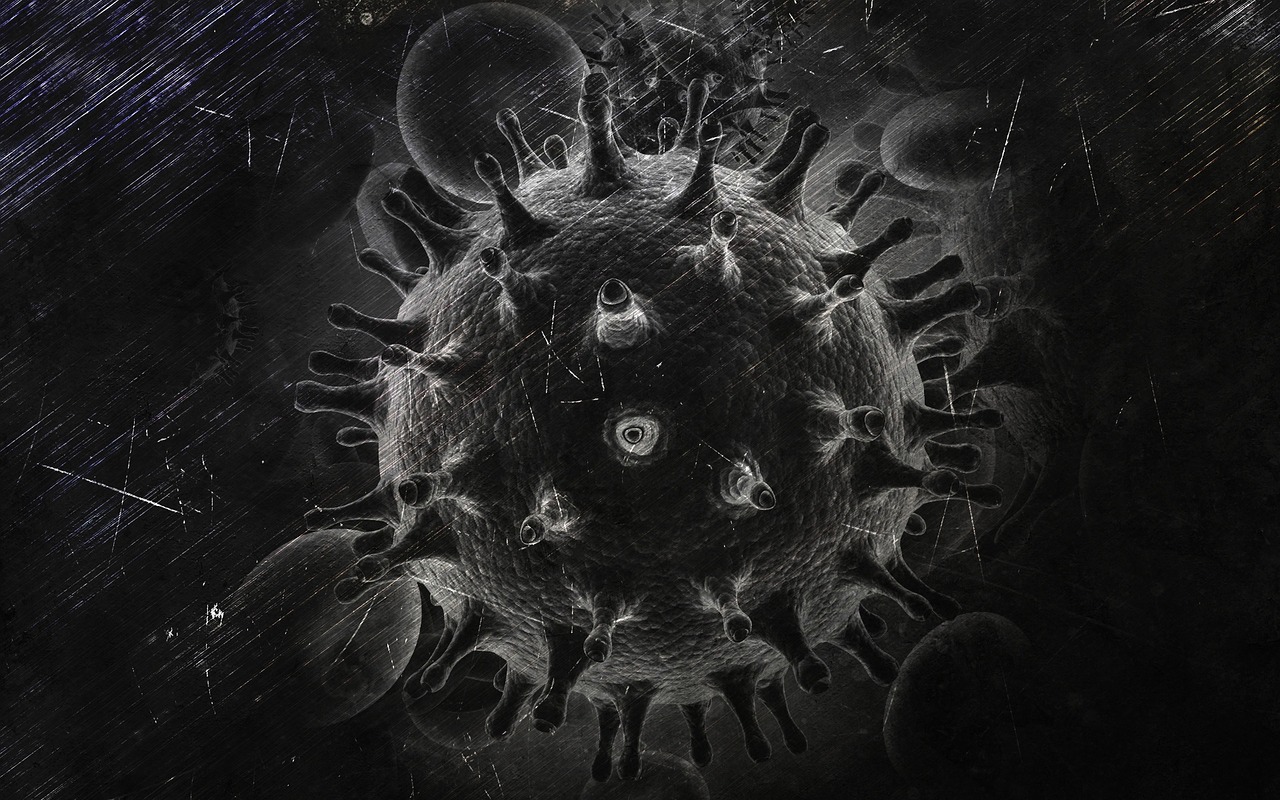
- AIDS is a communicable disease however this disease cannot be easily passed from one person to another like the common cold. AIDS cannot be spread through air, water or ordinary contacts. It can be spread only through certain specific routes. Every human body has a defence system to protect the body from diseases. This defence system is called the immune system. Our body’s immune system help in fighting germs that enter our body our body has several parts and organs that are made up of small units these units are called cells. There are different types of cells in our body, for example, there are bone cells, blood cells, muscle cells, skin cells etc. in our body. If you are infected with the virus HIV which causes AIDS or immune system becomes weak which is responsible for our body’s immune system. If the cell is destroyed then our body will be unable to find of germs therefore if the age virus infection as they become sick and infect faster than any other normal person.
What’s The Role Of Women In Paediatric Health?
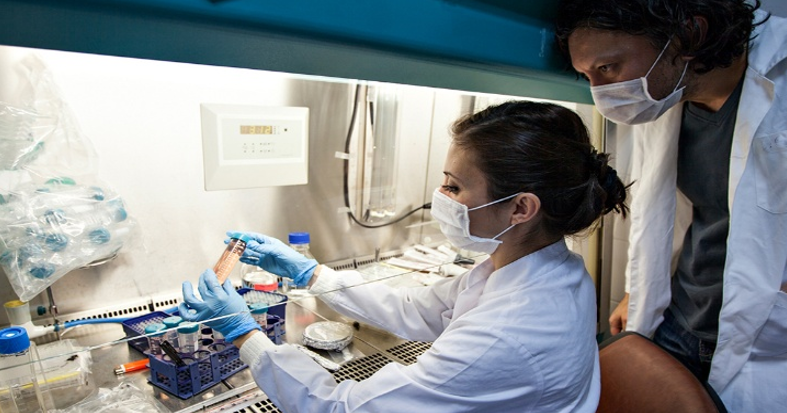
Women, because of their social and sexual subordination are disproportionately affected by the epidemic in many societies. The inabilities of women to control the factor of risk place them at risk of HIV infection and is compounded by the fact that many societies define the social and cultural identity of women primarily through their role as child-bearers. So whenever we talk about mother to child transmission we often look to the problem in a very broader perspective and not in a compartmentalized manner but a broader perspective that includes the role of husband, societal pressure norms and values, and above all their own right over the sexual act as well as the right over their body and family pressure.
There are millions of humans of childbearing age throughout the world who are HIV-positive. Among those women were pregnant. In the urban centers in sub-Saharan Africa, HIV rates among pregnant women tested anonymously at antenatal clinics were found to be between 20 to 30%, rates above 40 % to 15%, and even 70% can have been recorded in Botswana and parts of Zimbabwe according to UNAIDS. There are very few places outside sub-Saharan Africa in which the prevalence of HIV infection among pregnant women has the least 10% infection rate. However, with improved medication and prevention strategies, the infection rate is under control to a great extent for the more in the world the worst affected countries the virus is spreading fast among young people below the age of 24.
Statistics On HIV
As per estimates above 100000 HIV in which infection infected women deliver every year using a conservation vertical transmission rate conservative vertical transmission rate of 30% about 3,000 infants acquire HIV infection every year the lifespan of a child infected by HIV infection is lower than and that found in an adult does HIV infection may increase healthcare expenditure both in public and at a family level increasing number of children affected by HIV has a propensity to alter the mortality rate in childhood. Years of study progress in child survival and has already been doubled infant mortality in the worst affected countries. These States have revealed a variety of vulnerability factors that can fuel the spread of HIV in epidemic such as wide socio-economic inequality, inequity leading to high degree migration particularly towards metropolitan cities where HIV prevalence is higher among the at-risk population. Low women empowerment, lower scale enrolment limited access to information, etc. and the degree of success in program metric response by these States would determine the spread of HIV and its impact on health indicators including the development in the near future. Currently, India has an overall low prevalence of HIV among pregnant women in many parts of the country the challenge for the future is to keep the prevalence of HIV infection among women low and reduce mother to child transmission.
HIV can be transmitted from mother to child in three ways it can occur in the womb at the time of delivery and when the child is breastfed throughout the period of pregnancy mother is people of in fact in the fetus features receives nutrition from the mother through the placenta before birth. When the mother has a high viral concentration in the blood some of the viruses and passed through the mother to the fetus through the placenta. It is seen throughout the period of pregnancy a small number of foetus can get infected through this route the lining of the birth canal or vagina contains a high concentration of HIV. The baby may sustain minor cuts in the mucous membrane and in the skin during the process of birth hence the baby can get infected. It has been also shown that the maximum chance of infection of fetuses occurs during the time of delivery a significant percentage of children born to HIV mothers becomes infected at the time of delivery. About 14% of the children who are breastfed by HIV-infected mothers will contract the infection hence practice change breastfeeding to reduce HIV.
The rates of mother-to-child transmission of HIV under different circumstances are as follows when no drugs are administered and the baby is breastfed by its HIV positive mother the risk of infection generally is around 30 to 35% when no drug administration the baby is not breastfed by its HIV positive mother the risk of infection is around 20% when one month course of is it is administered and baby has not breastfed the risk of infection is around 10% when one month short quotes of an AZT is administered and the baby is breastfed by HIV positive mother for up to six months the risk of infection is about 18% at that age.
Nature Of The Disease
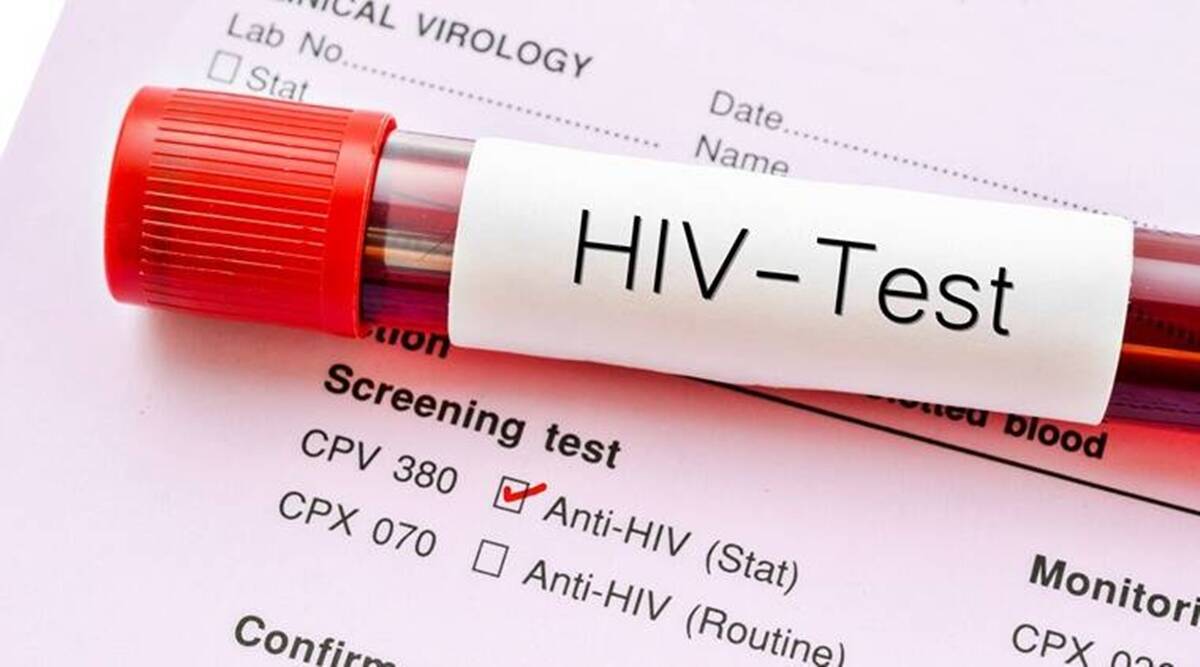
The HIV/AIDS virus is a unique virus is destroys the CD4 cells in the body the destruction of CD4 cells is relentless there are two types of cd4 cells memory cells that are have already exposed been exposed to microorganisms in the microorganism attacks the body again in memory cells were stimulated and they respond faster to the infection the second type of cell are called as neighbors naive cells these cells are not committed when a new type of microorganism attacks the body, proliferate and change the memory CD4T cells. HIV affects both types of CD4 cells in the body. Does HIV AIDS virus enters our immune system from protecting our body, 1 HIV has attacked our immune system our defense system becomes weak and it will help the germs to take over our body and we becomes it since we do not have a strong immune system to fight off the germs day by day our body will become weaker and weaker this will lead us to an early death.
People with HIV AIDS virus are deprived of CD4T cells therefore it is easy for them to develop infections that people with normal helper T cells do not get these infections to take the opportunity of the weak immune system of our body sense our body alarm system does not work in the absence of CD4T cell the germs causing infections in our body. These infections are called opportunistic infections. Once the infection has been caused by any kind of disease of a disease a person with HIV/AIDS virus will stay sick all true they normally have an ultimate death.
HIV: Threat To Paediatric Health

About 25 to 30% are found to become infected with HIV mother to child infection occurs most often during the process of delivery. Today effective drug treatment Z0V is available to prevent mother-to-child transmission many interventions like avoiding instrumental deliveries, early tying of time of cord and early binding of the child can prevent mother-to-child transmission caesarean sections definitely decrease the spread of infection. During labor, one must always go for available information on the risks associated with breastfeeding and HIV transmission. It should be a well thought out and join decision by the parents to decide the artificial feeding that can be replaced breastfeeding for the child.
A drug intervention can prevent mother-to-child transmission in 1994 researchers in the United States reported the result of a study on mother-to-child transmission of HIV is ZTG 076. The scientists found that when the antiretroviral drug Zidovudine is an entity or is given to HIV positive mother orally 5 times daily from the 14th week of pregnancy onwards and intravenously during labor and administered to the endpoint for 6 weeks after birth the risk of transmission of HIV to the child is reduced by over two-thirds. The ACTG 076 regime is now offered routinely to achieve HIV-positive mother women in the industrialized world however the regime is costly long and complicated to administer.
Since the treatment with the regiment was costly and time-consuming various regiments that are cheap and effective have been discovered. Studies conducted in Thailand showed that giving is a drug from the 36th week of pregnancy gives the same protection as the ACTG 076 trial in Africa. It was shown that a single disease of those at the time of delivery and the baby 72 hours after birth prevented the transmission of the infection. Consulting the local physician (specialist) on the regimen that is used in your area for better diagnosis and medication is highly recommended.

HIV positive women wanting to conceive must seek and counsel as well medical opinion as well as the opinion of religious leaders who can guide you towards an appropriate decision positive pregnant women shall not opt for abortion and must seek medical opinion she must opt for a cesarean section as it will prevent the child from getting infected during childbirth she should opt for a cesarean section as it will prevent the child from getting infected during childbirth as far as possible. The HIV-positive mother also should not breastfeed her baby HIV can be passed to the baby from breast milk. WHO requires HIV-positive mothers in third world countries to breastfeed their babies this recommendation should be followed by HIV-positive mothers in India who are not in a position to provide artificial feeds to the baby is mainly due to poverty.
We should be equally cautious about reading literature on HIV prevention imported from other countries. We should also be careful while reading material copied from western literature. They are always containing certain misleading messages for example when we are in India has single parents particularly mothers do. There are a few exceptions, women involve and lesbian activities hardly seek motherhood such a phenomenon can hardly be found in India education about HIV/AIDS. Studies and a good understanding of various aspects can go a long way to prevent and control HIV. The best way to contain the virus is to be faithful to one spouse and family.
Top 13 Interesting Facts About HIV/AIDS
The first case of HIV/AIDS was identified in the USA in the year 1981.
Studies sponsored by the UN among the youth show that the incidence of HIV infection among girls is higher than the boys.
The highest rate of infection has been reported in Sub-Saharan Africa.
Figures from UNAIDS also show that the risk of infection is increasing among women every day both in developed and developing countries.
A hike in a period of 10 years from 1985 to 1995 the incidence increases among the women in varying degrees.
At a time, in France AIDS increased from 12 % to 20% and in Spain, it rose from 7 % to 19% increasing the proportion rose from just 1% in 1984 to 25% in 1994.
Transmission of HIV can occur from an infected mother to her child during pregnancy during the process of childbirth or shortly after birth through breast milk.
Transmission from an infected mother to her unborn child is estimated to be about 95% of all pediatric AIDS cases among children born to HIV-positive mothers.
In India, the higher HIV prevalence state is in those states that are doing better in terms of health indicators and development in general.
About 14% of children get infected through breastfeeding.
The less developed and more populated states in the north and the central part of the country are so far are classified as low HIV prevalent States.
With 21 million pregnancies a year and an overall estimated 0.3 % prevalence rate of HIV infection among pregnant women.
The AIDS epidemic has cut across the conventional boundaries of nationality, sex, and age in the course of pattern from its specific geographic and particularly high-risk group population to the general population.



